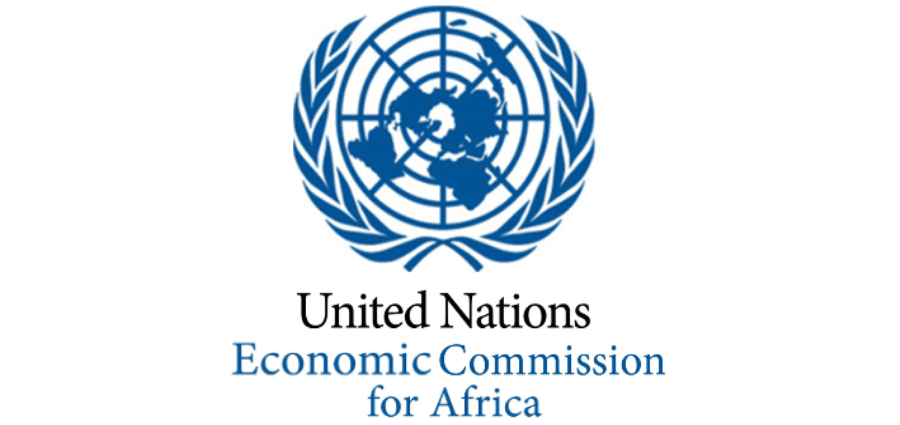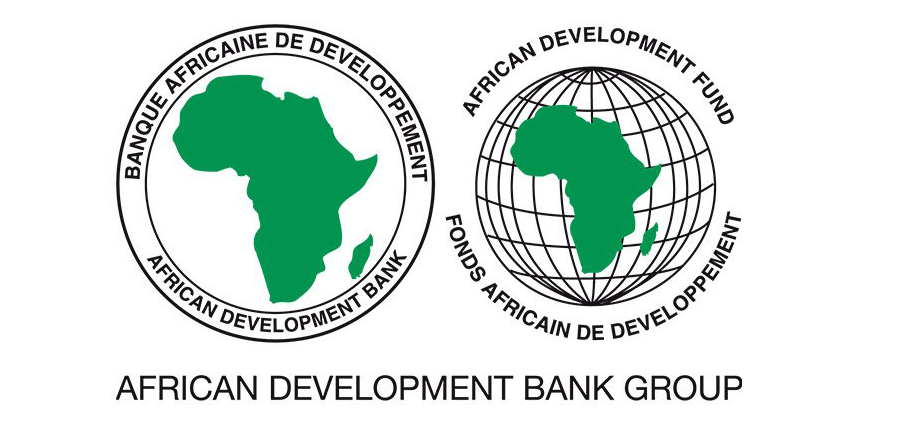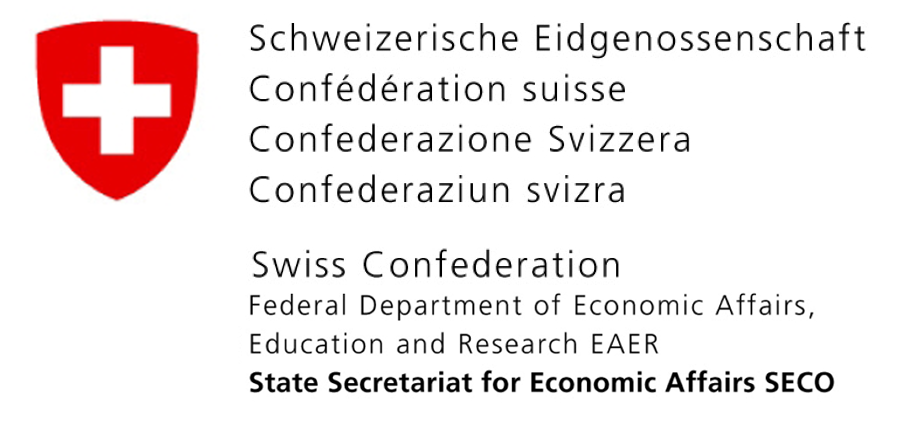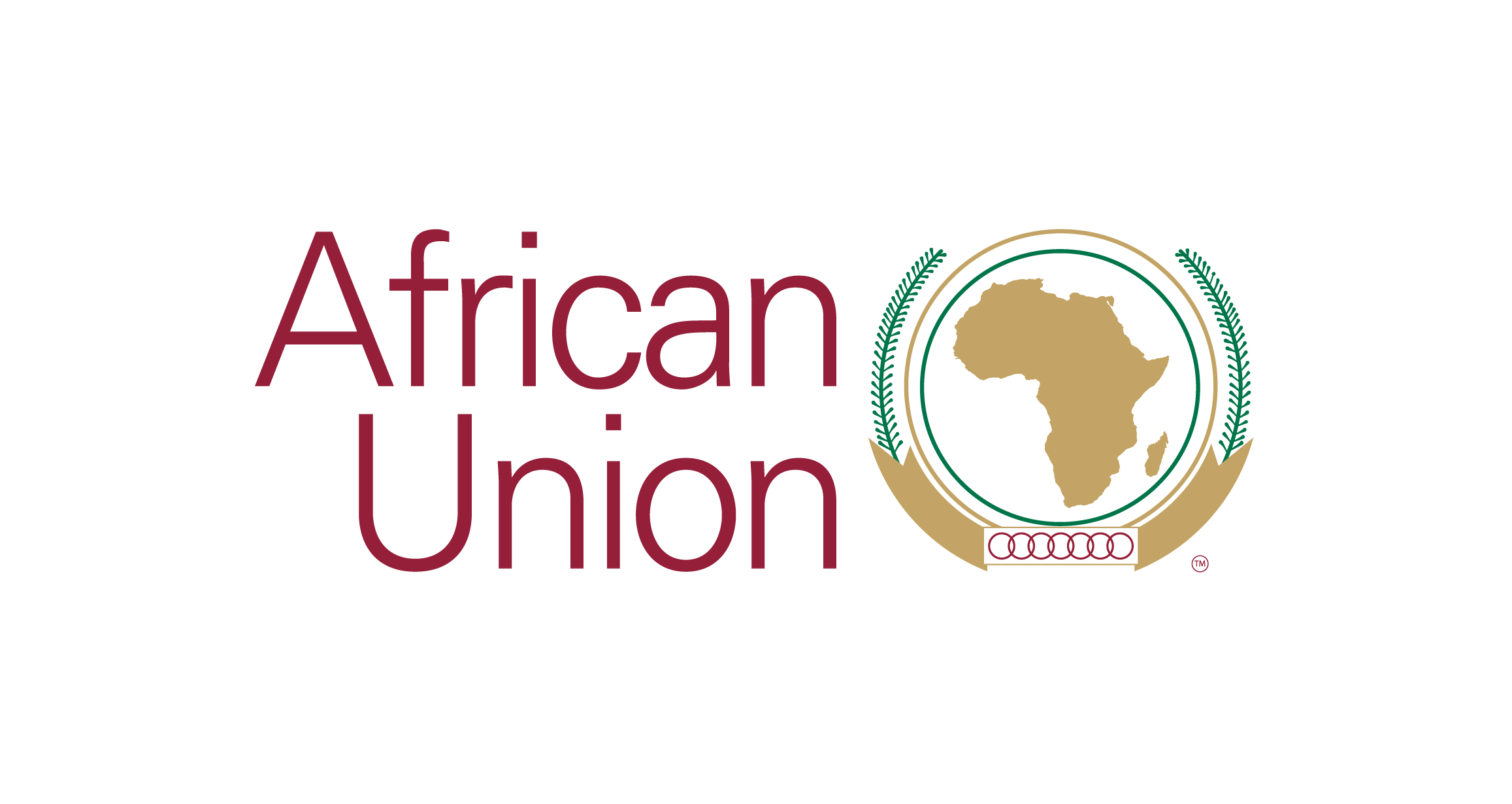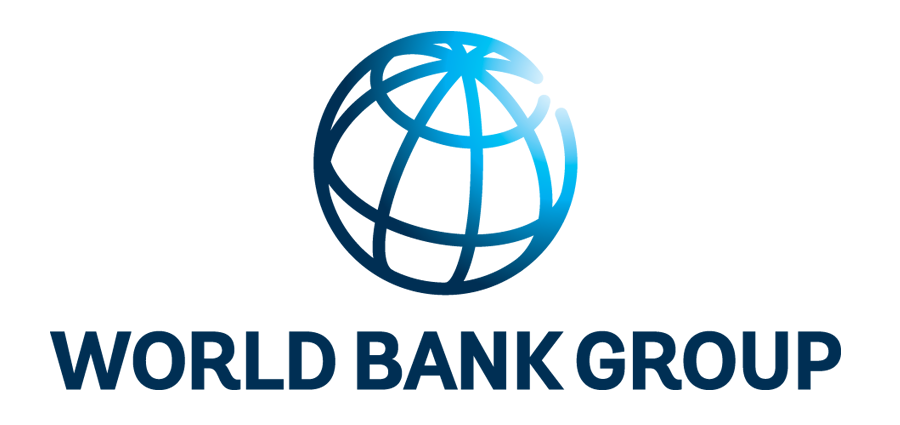Road Management Tools
SSATP has reviewed a range of various tools available for managing road networks. The manual provides a guide aimed at politicians and high-level decision makers in road authorities, as well as technicians and practitioners to help orient the choice of the most adapted tool to the local conditions and demand.
 |
A User Guide to Road Management Tools |
SSATP has invested substantially over the years in the production of road management and planning tools aimed to strengthen capacities for road asset management at the country level and to improve availability of data for planning and decision making. The most recent one is the Roads Network Evaluation Tool (RONET) version 2.0 (2009) developed in collaboration with the World Bank.
|
|
Road Network Evaluation Tools (RONET)The RONET is designed to assess the current characteristics of road networks and their future performance depending on different levels of interventions to the networks. RONET is being developed to replace the functionality of the RUC and PAM models and to add new evaluation modules and output reports. RONET Version 1.0 implements two evaluation modules: Current Condition Assessment and Performance Assessment. RONET is structured with many configuration options for use in African countries and developing countries elsewhere, and was fully released in October 2007. Ghana, Mozambique, Tanzania, and Uganda have been the pilot countries during the time it took to develop and test the model.
|
|
|
Roads Economic Decision Model (RED)RED is a consumer surplus model designed to help evaluate investments in low volume roads. The model is implemented in a series of Excel workbooks that: a) collect all user inputs; b) present the results in a user-friendly manner; c) estimate vehicle operating costs and speeds; d) perform an economic comparison of investments and maintenance alternatives; and e) perform sensitivity, switch-off values and stochastic risk analyses. The model computes benefits accruing to normal, generated, and diverted traffic, as a function of a reduction in vehicle operating and time costs. It also computes safety benefits, and model users can add other benefits (or costs) to the analysis, such as those related to non-motorized traffic, social service delivery and environmental impacts. Para el español, clique aquí.
|
|
|
Standard Overall Ultra-lite Road Care Estimate (SOURCE)The SOURCE method is based on standardized measurements of traffic and common speeds of light vehicles. The two series of data (traffic/speeds) are aggregated for the entire reference network in the form of a single macro-indicator (a pseudo-speed) that reflects the actual level of service provided by the main roads in each country. SOURCE indicators are not intended to replace conventional data on road condition. The scale of SOURCE data collection (scale of dividing up the network) would not be small enough to meet requirements for daily maintenance management or work programming, etc. The SOURCE method does not generate the detailed road data bank that is required for road operations, but exclusively a sound “macro data bank”. SOURCE provides the minimum information, no more no less, essential to: a) Authorities in charge of roads, to justify to user-payers the performance levels obtained on the network, through transparent, well-informed dialogue, b) Decision-makers at all levels, to assess the impact of road policies on the basis of physical results. In brief, to enlighten macrodecisions. Click here for more information.
|
|
|
Tariff and TrafficTariff and Traffic is a tool used to train decision-makers and managers of road funds to evaluate various funding strategies for road maintenance based on different levels of road user fees. Click here for more information.
|
Road User Costs Model (RUC)Estimates road user charges required to ensure that, for a particular country, the costs of operating and maintaining all roads are fully-funded, and that each vehicle class covers its variable costs. The model is an Excel workbook that: (i) estimates annualized maintenance costs needed to maintain a stable road network; (ii) defines countrywide annual recurrent expenditures, annual investments needs, and source of financing; (iii) estimates road user revenues from annual license fees, fuel levies, load damage fees, and tolls; (iv) analyzes the allocation of road user revenues and optimizes road user charges; and (v) computes externalities and summary macro indicators. |






